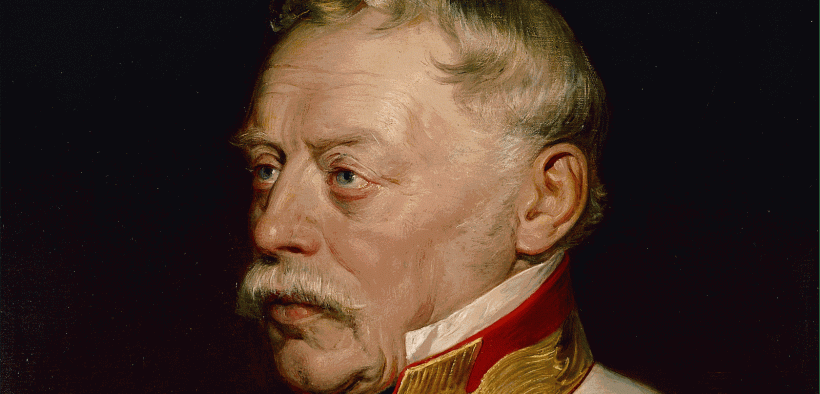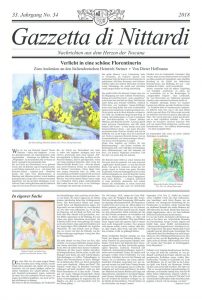De Gustibus 2019
Share

One is justifiably proud, in Italy, of a venerable culinary tradition. The first cookbook in the world was printed here in 1465, the De honesta voluptate (“On Honest Indulgence”), written by the Papal librarian Palatina; and cutlery, which was already in use here since the antiquity, was only adopted by the rest of Europe several centuries later – in France, for example, in 1533 through the marriage of the future King Henry II with Catherine de’ Medici. In addition to the fork, she introduced a variety of recipes that became the foundation of haute cuisine.
In regard to one question, however, opinions diverge: the Schnitzel, or, in Italian, the Cotoletta – who invented it? The Viennese or the Milanese? The Austrians claim that Italian cooks copied the method of preparation in the mid-19th century from the occupying forces during the Italian Wars of Independence. The Italians, on the other hand, claim that none other than Josef Radetzky, the famous field marshal, savoured the dish during his long stay in Italy and subsequently brought it home. As Radetzky was married to a Strassoldo of the Friulian noble house and also spent more than enough time in Italy, where he even died in Milan, the theory is not unrealistic – solid evidence, however, is indeed lacking.
In the view of the Milanese, the question has been resolved thanks to a description of a feast held in 1148 in which a certain “Lombos cum Panitio” (breaded veal loins) was served. The documents, a source of city pride, are on display at the Basilica of Sant’Ambrogio. The Austrians, in turn, view the matter as having been settled, at the latest, when a retired university professor from Vienna was able to prove that a myth concerning Radetzky’s alleged adjutant, Count Attems, who supposedly mentioned the Milanese recipe in a margin note to the Emperor, is fictitious.
Thus the argument lives on. And in the course of it, both sides lose sight of the fact that two different dishes, which are also prepared in different ways, lie at the heart of it. The Wiener schnitzel is of boneless veal and extremely thin, and is both lightly hammered and coated in flour. The Milanese version made from veal is often still with bone, three or even four centimetres thick, and is coated only in breadcrumbs.
But when one is sitting on this or that side of the Alps, in a good Trattoria or even just a Gasthof, and the tender meat in the delicious, lemon-spattered breading melts in one’s mouth, then one quickly forgets that there even is a border between the two countries, countries which have so much in common and are yet so different.















Follow us